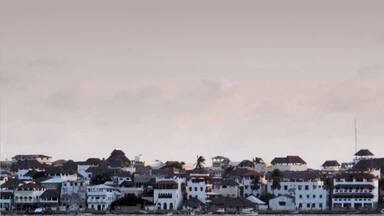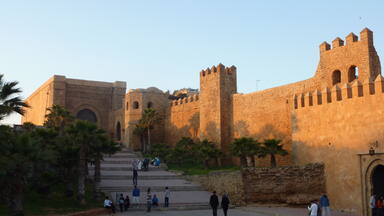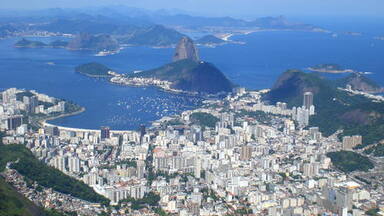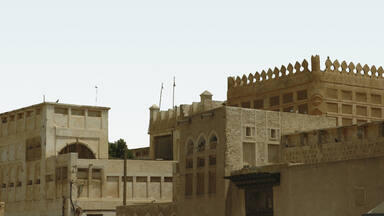Report on the Historic Urban Landscape Workshops and Field Activities on the Swahili coast in East Africa 2011-2012
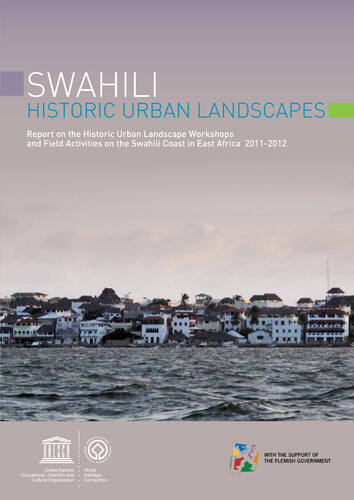
On 10 November 2011 UNESCO’s General Conference adopted theRecommendation on the Historic Urban Landscape, six years after the General Assembly of States Parties to the World Heritage Convention adopted Resolution 15GA/7 (in October 2005) that called for the elaboration of a new international standard-setting instrument that would be based on the recognition and guidance of investment in and development of historic cities, while at the same time honouring the inherited values embedded in their spatial and social structures.
Prior to the adoption of the new Recommendation, the World Heritage Centre organized, with financial support of the Flemish Government, three training workshops on the concept and application of the Historic Urban Landscape (HUL) approach for local authorities in three World Heritage-designated cities on the Swahili Coast in East Africa in 2011 and in 2012, being the Island of Mozambique, Lamu in Kenya, and Stone Town, Zanzibar, in Tanzania. With capacity building and research as main components of this project, cooperation was established with international and local universities and educational institutes on the Swahili Coast in the implementation of identified follow-up activities. The design, implementation, and outcomes of these Flemish-funded activities on HUL in East Africa are the subject material of this UNESCO Report.
This Report aims to be an inspiration and guidance to professionals, institutions and local governments to engage in the important process of the implementation of UNESCO’s Recommendation on the Historic Urban Landscape.
